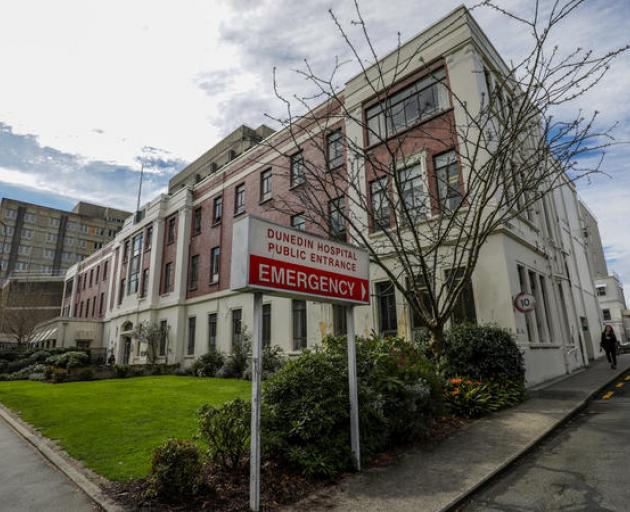
The situation did not seem to have improved and big changes were needed to get the health system "off life support and out of code red", the New Zealand Nurses Organisation (NZNO) said.
Data provided to the Otago Daily Times by Te Whatu Ora Health New Zealand (HNZ) under the Official Information Act revealed there were 34 days last year in which code red was reached.
Indicating extreme overload, it is the second-highest level in a colour-coded five tier pressure-assessment system, behind the seldom-invoked code black.
NZNO delegate Ollie Alexander said the figure was unsurprising, and it did not feel like the situation had improved.
"As staff continue to receive frequent SOS messages to work on their days off, and as patients continue to fill ED corridors while waiting for a bed space, I am not surprised that many of my colleagues are feeling burnt out or have left for safer work elsewhere.
"I am very thankful to my colleagues and senior nurse managers, who are doing their absolute best to support the department, but it is clear that we need some big changes to get our health system off life support and out of code red."
The community deserved better, and more staff and more space were needed, as well as an accessible and affordable primary health system that kept people well, he said.
A Dunedin man who was being prepared for surgery when the hospital moved to code red in May subsequently had to wait more than a month to have it carried out.
"Certainly the system seems to be under pressure", he said.
HNZ Southern interim hospital and specialist services leader Hamish Brown said the colour-coded system helped hospitals respond internally, locally and regionally.
It enabled resources to be prioritised and could change throughout the day.
Asked if 34 code red days in one year was a high number, he said it was a number that could "present some challenges".
"Like many hospitals in other regions across the country, we are constantly working to optimise our resources and adapt to fluctuating demands, especially during peak periods."










